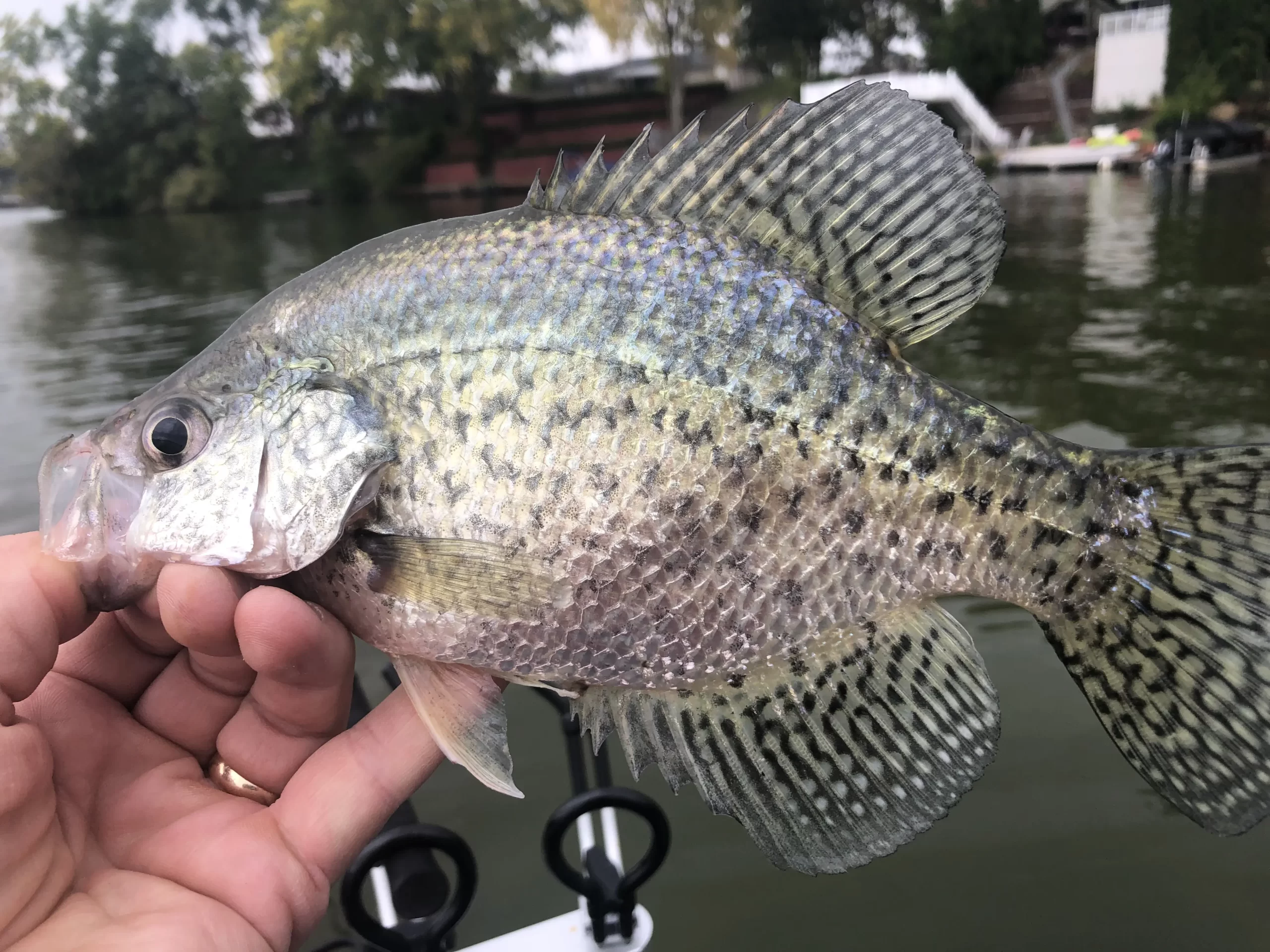Slow Down Your Retrieve for More Fish

* This page contains affiliate links. The Great Lakes Fisherman may earn a commission on items purchased through these links. For more on this, please click here.
One of the most common mistakes I used to make as a novice fisherman, was fishing too fast. Don’t get me wrong, there are times where a fast retrieve makes perfect sense. But if you want to catch more fish, learning to slow down your retrieve in the right situations will pay huge dividends.
There are many reasons to slow down your retrieve, but probably the most important one, especially in the Great Lakes region, is that fish are often located in cool or even cold water. Water at 15 to 20 feet deep can be much cooler than the water at the surface. And because fish are cold blooded, this means that their metabolism will be lower as well.
Metabolism
So how does this translate into the need to slow down your retrieve? Metabolism is the process by which an organism breaks down food. When metabolism is slow, the organism tends to be more judicious in how aggressive it is. This means that fish will likely not use a lot of energy when chasing prey. Which means that faster moving baits are less likely to be chased.
When I was young, I would watch fishing shows on TV and try to mimick what I was seeing. What I didn’t understand at the time was how different the conditions could be in the lakes that many of these shows were filmed on. Many of these shows were filmed in the south and the waters down there are much warmer than they are in the north. Once I started to realize that the fish don’t have the same metobolic rate in the north due to the colder conditions, I began to slow down my presentations and immediately began to catch more fish.
Now don’t get me wrong, some species have higher metabolism than others. Northern Pike, for example, tend to have relatively high metabolism in cold water as compared to many other freshwater fish. Because of this, they do well in colder water. This is one of the reasons that they thrive in the north but as a species, tend to struggle in the warmer waters of the American south.
But many species, such as crappie and bass, will often react to a slower presentation, especially in the spring and fall. One technique I like to use, especially for crappie, is to cast a jig out, let it drop to the right depth and then retrieve it by simply lifting the rod tip and letting the jig “fall” back to the boat. The key is to lift the rod tip at a rate that, combined with the fall, results in the bait swimming back relatively level. In order to accomplish this at the right speed, you may need to adjust the weight of the jig. I like to start with a 1/16 or even 1/32 oz jighead.
Changing the way you fish can take a little practice. But once you learn to slow down your retrieve, you will find a new tool that, in the right conditions, will help you catch more fish.
